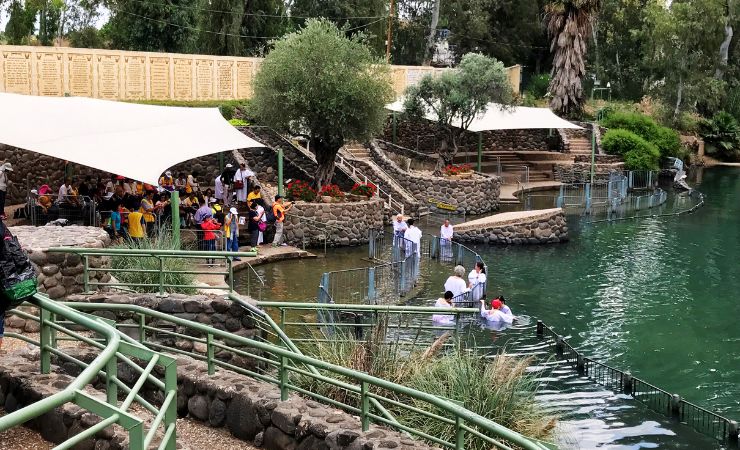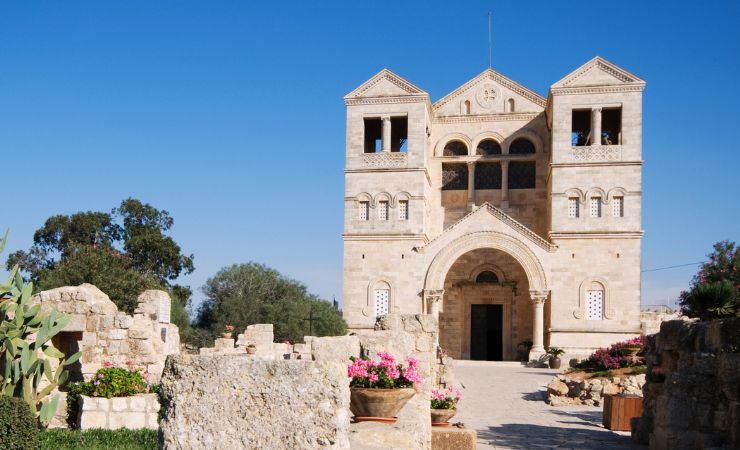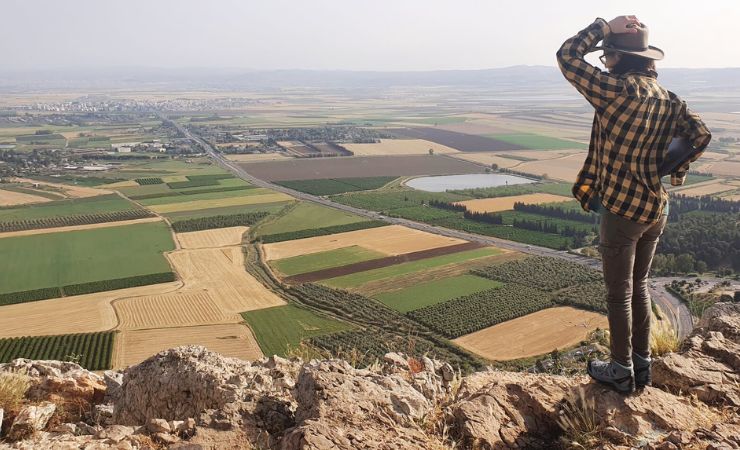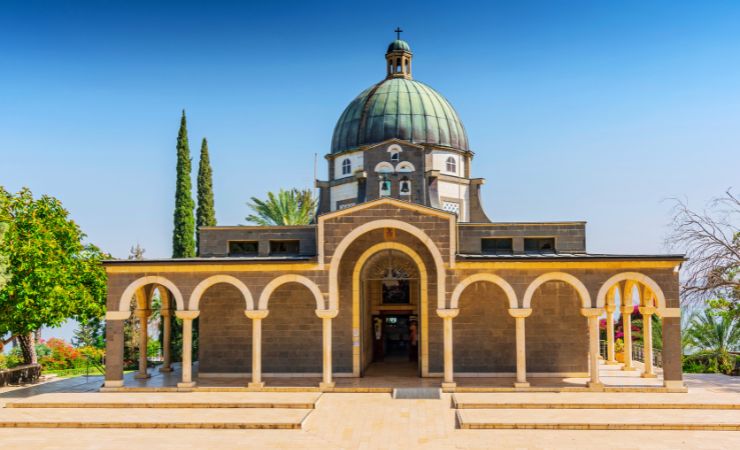Yardenit: Another Baptismal Site in Israel
Yardenit is a baptismal site located along the Jordan River in the Galilee region of northern Israel. It holds significant religious importance for Christian pilgrims, as it’s believed to be an alternative site where Jesus was baptized.

Location of Yardenit
Located just south of where the Jordan River flows out from the Sea of Galilee, Yardenit is in close proximity to Kibbutz Kvutzat Kinneret. The kibbutz not only claims ownership but also takes pride in managing this sacred site, ensuring that its sanctity is preserved for generations to come.
History of Yardenit
Historically, Christian tradition holds that Jesus’ baptism took place in Bethany Beyond the Jordan, situated north of the Dead Sea (called Qasr El-Yahud). This site, for centuries, was the primary baptismal location for pilgrims. However, the landscape of religious pilgrimage shifted post the Six-Day War. Israel began occupying the west margin of the Jordan river, which led to the birth of Yardenit in 1981. Established by the Israeli Ministry of Tourism, Yardenit emerged as an alternative pilgrimage site, offering a fresh perspective and experience to devout followers.
Every year, Yardenit witnesses an influx of over half a million tourists and pilgrims. They are drawn to this tranquil spot, eager to experience the spiritual beauty and serenity it offers. Many come with a desire to relive the profound moment when Jesus was baptized by John the Baptist. To enhance this experience, Yardenit ensures that visitors can fully immerse themselves in the ritual. The site offers baptism robes, either for rent or purchase, allowing pilgrims to step into the waters just as it might have been done centuries ago.



Yardenit Today
One of the unique features of Yardenit is the Jordan River Living Stones. This is a collection of personal ceramic tiles, each meticulously installed, representing a global community of Yardenit’s friends and followers. These tiles, combined with the olive trees planted by community leaders from around the world, symbolize peace and a deep-rooted commitment to the Holy Land. Moreover, a stone slab at Yardenit stands out, with verses from Mark describing Jesus’ baptism inscribed in various languages. This stone is a tribute, honoring nations and communities worldwide.
Another captivating aspect of Yardenit is the Wall of New Life. Adorned with hand-painted tiles by the talented Armenian artist Hagop Antreassian, this wall depicts Mark’s account of Jesus’ baptism in over 80 languages and dialects. It’s not just a wall; it’s a testament to the transformative power of faith and baptism. It signifies the metamorphosis that baptism brings about, turning the old into the new, and offering believers a renewed life in Christ.
Sources and additional reading:
Nearby Sites
-
Horns of Hattin: This is a hill in the Lower Galilee region of Israel, known for the Battle of Hattin that took place between the Crusaders and the Muslim army led by Saladin in 1187.
-
Jesus Boat at Genosar: Located at the Yigal Allon Museum in Kibbutz Ginosar, the “Jesus Boat” is an ancient fishing boat from the 1st century CE, discovered in the Sea of Galilee.
-
Magdala: Situated near the Sea of Galilee, Magdala is an ancient city known for its archaeological significance. It’s believed to be the hometown of Mary Magdalene.
-
Arbel Synagogue: Located in the ancient village of Arbel, this synagogue dates back to the 4th century. The synagogue is part of the Arbel National Park.
- Jordan Star Crusader fortress (Belvoir Castle): Also known as Belvoir Castle or Kochav HaYarden (“Star of the Jordan”), this Crusader fortress was constructed in 1168 by the Knights Hospitaller and stands as the best-preserved Crusader castle in Israel.



